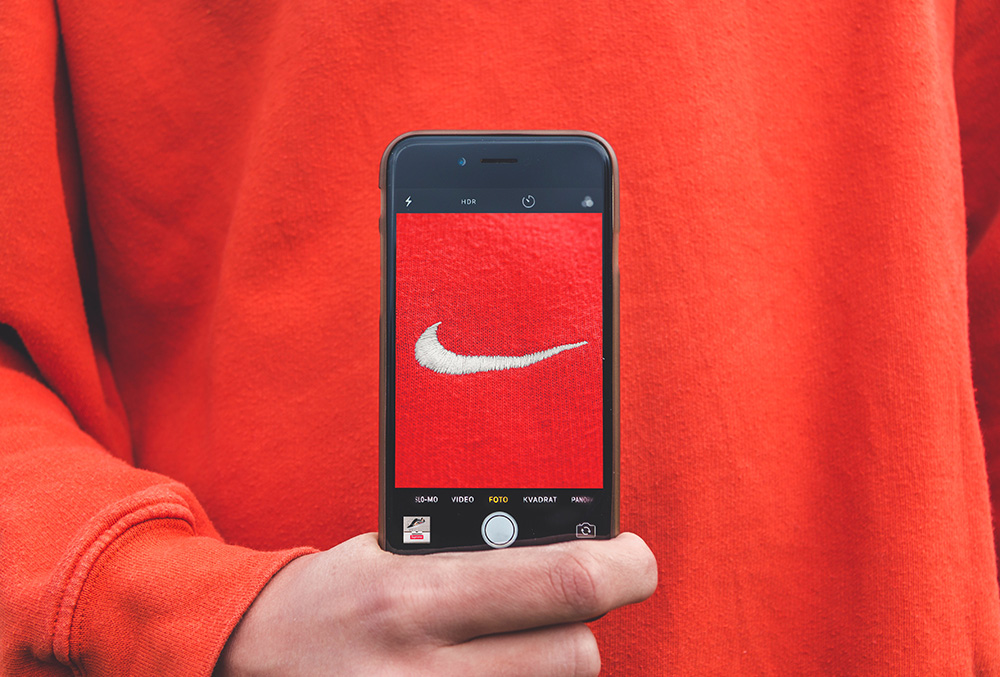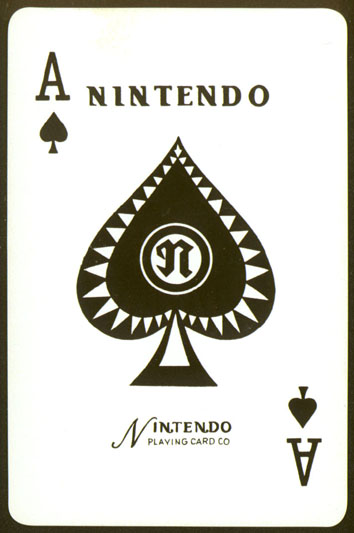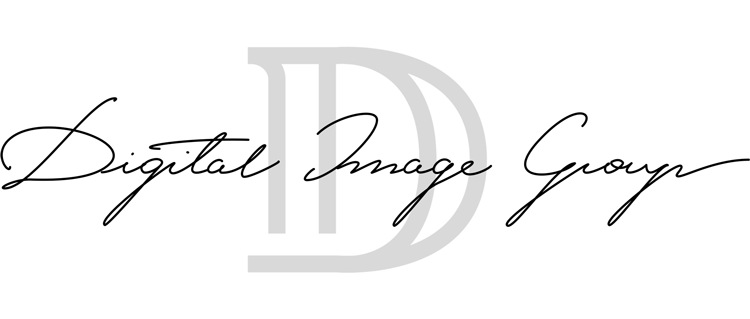
22 Jan Things to Consider When Rebranding Your Organization
New Year, New You: Rebranding Your Organization (Part 1)
When the ball drops and a new year rings in, most people have made lofty goals to change themselves. Usually, it involves the gym, quitting smoking, or saving money, but often these transformations never take place.
Companies may not react to the calendar in the same way, but there are often times when companies know they need to make big changes in the form of rebrands. Here are a few things to consider:
The Bare-Bones of Rebranding
Unlike simply adding or discontinuing certain items in a storefront, a rebranding is a very public statement that your company’s entire identity is changing in some fundamental way. There are certainly degrees to this, but the core concept remains the same: rebranding is a declaration that your organization is changing in some fundamental way.
Put simply: Netflix doesn’t rebrand when it adds or removes shows and movies. But it did rebrand when it was developing its plan to crush Blockbuster and move to streaming.
A partial rebranding, which most companies will do during their lifecycle, may involve changes to a logo, new advertising and marketing, and the announcement of modified core services. On the other hand, a total rebrand may make the original company look incredibly different.
Partial and Total Rebrands
One recent example of a partial rebrand was the Old Spice rebrand. What once was a brand associated with grandpas everywhere, having been in business since the 30s, the company abruptly switched gears in 2010 with surreal commercials featuring Isaiah Mustafa seemingly bending the laws of time and space because of his antiperspirant.
While some of the classic products survived unscathed, some of Old Spice’s line was discontinued while newer ones were added. Because of this, Old Spice was no longer just for grandpas.

A Nintendo playing card.
Another example of a total rebrand is that of Nintendo. While it’s quite likely that everyone alive today associates the Japanese video game juggernaut with Italian plumbers and green-clad Hylian warriors, Nintendo has been a company since 1889. It started as a humble company in Kyoto selling card games, but over the past 129 years, it has rebranded itself frequently. In the 1950s, it became Nintendo Co., Ltd. Instead of Nintendo Playing Card Co. Ltd., which allowed it to easily move into other entertainment avenues.
Then, in the 1970s and 1980s, the big rebrand came. It kept its core principle of being a company about fun, but launched the Game & Watch series of handheld games and Famicom (or NES outside of Japan) within four years of each other and became a hit with Super Mario Bros. Although their card games are still sold to this day, they’re almost exclusive to Japan and certainly not the company’s bread and butter.
And, to be clear, rebranding isn’t just for old companies. Google, Facebook, Twitter, and PayPal have all rebranded several times, and all of them combined haven’t been around even as long as Old Spice.
Why Rebrand?
Most people find rebrands to be the most obvious when a brand is failing and tries to course correct to keep afloat. But, as noted above, many successful companies have maintained almost constant success, but have still rebranded.
The Associations
Many companies have automatic associations that they may or may not want. Google likely is fine with many people perceiving them as “the Internet.” Burberry is a company that didn’t like a certain stigma that was thrust onto them through no choice of their own. They were called “gangwear” and associated with chavs (a UK slang term whose best US analogue is probably the cast of Jersey Shore).
Burberry, in response, chose to have some celebrity spokespeople that they felt best reflected what they wanted to be. And once they captured Emma Watson of Harry Potter fame wearing Burberry, sales rose and the transformation from being associated with chavs to a feeling of class began.
Standing Out
Picture a law office’s logo. It’s probably a scale, pillar, or gavel. It probably is a thin serif font in all caps. It’s probably two or three names. Maybe it’s the initials of the partners intertwined in the same font.
Having a generic look and feel to your public perception makes it incredibly difficult for people to know if they were thinking about calling Jones & Johnson or James & Johnston.
In the end, how your organization brands itself is a first impression and if a potential customer sees that you sell a brown, carbonated liquid with a red logo and white calligraphy, they’ll just wonder why they shouldn’t buy Coke. After all, one is clearly trying to be the other.
When AOL rebranded, it was criticized for their rebranding specifically because of that. Their logo simply became “Aol.” and had critics saying that it looked profoundly generic for a company with such a recognizable icon prior, one that was on 50% of all CDs produced during the late 90s. Sure, it was plastered onto other pictures, but those parts aren’t the logo, which had no identity to speak of.
The AOL rebranding campaign was in direct contrast to a total rebranding by a company in the 1980s. Quantum Computer Services, which came from Control Video Corporation in 1985, was one of the first and only online game companies in the world at the time, supporting the Atari 2600 and Commodore 64. The logo for their product, the Quantum Link, was big, italicized, and rainbow colored. From the name to the logo design, it was painfully 80s looking and didn’t stand out terribly.
Eventually, Quantum Computer Services rebranded itself into one of the first popular web portals to exist, making massive changes to its logo and name to become the incredibly recognizable America Online, or AOL.
Overhauls to Products or Services
This section could simply say “See above: Nintendo,” but there are plenty of successful businesses who became more successful because of what they planned to become.
Target, for example, rebranded because of this concern as well as the previous two. For years, they were associated with the likes of Walmart and Kmart as cheap retailers (emphasis on the stigma of the word “cheap” here). Walmart rebranded with an emphasis on price, but spun it as emphasizing the money customers could save, rather than that the prices were low. Around the same time, Target went a slightly different direction with more eye-catching ads and deals with designers that emphasized their new difference as being an everything store, like Walmart, but which balances quality and affordability. Kmart didn’t rebrand and now their Wikipedia article’s history includes the subheading “2010-present: Continued decline.”
A Reintroduction

Early Legos
Everyone in America knows of the humble Lego. They’re simple, fun, and stimulate the imagination. They’re a cultural icon with several successful movies and dozens of fun video games. Not to mention a staple of toy photography.
But rewind to the year 2000 and the Danish company was hemorrhaging money and rightfully worried about the future.
People had forgotten about Legos in the early 2000s, which forced them to reintroduce themselves to the parents and children of today, or sink entirely. This reintroduction and rebranding is partly why The Lego Movie exists. It’s a fun movie that kids and adults can enjoy while expressing the joy of Legos to children and reminding adults of the fun they had with Legos as children, making it more likely that adults will buy Lego sets or video games for their children if asked.
They didn’t change as dramatically as Nintendo, Target, or Burberry because they didn’t have to. They just had to remind people they were still around. And it has worked fairly well since, with Lego only having one year of losses since 2004.
The Perils of Rebranding
Some organizations rebrand and lose on the gamble. There is no real, surefire way to rebrand that will work 100% of the time. There is one thing to say – if your company is thinking of rebranding and explaining themselves in one of the following ways, go back to the drawing board.
‘Because’ Reasons?
That is an inelegant, clunky subheading for an inelegant, clunky reason for rebranding.
Some companies, apropos of nothing, have seemed to change their image for no discernable reason. Note that there very well could be a great reason behind the change that simply wasn’t communicated to the public well, if at all.
One primary example of this type of change was in 2010 with mall-mainstay, Gap. While the last paragraph stated that this could be because the rebranding reasons weren’t communicated to the public well enough, Gap is a prime example of a company who rebranded and simply didn’t tell anyone they were going to or why.
Additionally, the logo they rolled out looked suspiciously similar to the logo AOL was ridiculed for a year prior, the one that was explained by disingenuous corporate talk as “uniquely dynamic” and “a simple, confident logotype.”
That’s the type of rebranding talk that will quickly get a client or customer’s eyes to roll back so hard they fly across the room. And Gap didn’t even have that.
And if you don’t remember their 2010 rebranding, don’t worry. It only lasted six days.
The lesson: Have a reason for your rebranding and communicate it in ways that the public cares about. If you don’t have a reason, don’t rebrand.
Have a reason for your rebranding and communicate it in ways that the public cares about. If you don't have a reason, don’t rebrand.
To Hide What You’re Doing
Before the big BP oil spill, BP rebranded themselves as a more eco-friendly company with a green and yellow sunburst, or flower, logo. It wasn’t because they were moving into the solar or wind markets, as they had a stake in solar energy at the time. And it wasn’t because of an increasing emphasis on solar or wind power, as they left the solar energy market shortly thereafter.
Apparently, they just simply didn’t want to be associated with the thing they did.
Whatever your personal feelings on green energy or oil and gas companies, it should be obvious that changing a logo to be seen as eco-friendly while not making substantial changes to your energy business seems disingenuous no matter what side of that political can of worms you’re on.
The lesson: When rebranding, make sure that your message is in line with what you intend to do.
When rebranding, make sure that your message is in line with what you intend to do.
Concern for the Board, Not Customers
All rebranding, inherently, is about keeping a business afloat. That will likely mean more money for the board of directors.
But Sci Fi, when it rebranded to SyFy, stated that a large part of the reason they rebranded their network was to be able to trademark the name.
Almost everyone was confused by the change because it ended up raising more questions than it answered. Were they turning away from science fiction and fantasy? After all, when TLC stopped meaning “The Learning Channel,” they started showing mostly reality television. The fact they started putting on WWE programming didn’t help the confusion. It looked like a total rebrand, although it was just partial.
Although the network has been rebranded since 2009 and still primarily focused on sci-fi and fantasy programming, the network made it explicit in May 2017 that they would be “returning” to their original style of programming, despite never really turning away from it.
The lesson: Don’t rebrand in a way that is confusing or alienating to your core audience just so you can possibly make a dollar because, in all likelihood, you won’t make that dollar.
Don’t rebrand in a way that is confusing or alienating to your core audience just so you can possibly make a dollar because, in all likelihood, you won’t make that dollar.
Responding to a Disaster
While a smaller, largely unknown organization may be able to get away with this, a larger one won’t be able to without a large amount of scrutiny.
Enter GM. After they filed for bankruptcy, it sold or discontinued quite a few of its lines (like Daewoo and Saturn), and rebranded. The obvious questions came out. Aren’t they selling or discontinuing certain lines because they went bankrupt, rather than “focus,” as they claim? Isn’t it irresponsible to file for bankruptcy and use millions of that money to rebrand?
In both cases, the public felt the answer was probably “yes.”
If an organization is failing because the economy is tough or they made a bad decision or two, people understand layoffs, selling subsidiaries, or closing shop in some areas. Many people in the public felt that spinning massive layoffs as “focus” was somewhat tacky. And an organization that comes back from the brink through ingenuity, concern for employees, and a dedication to client or customer service is usually celebrated.
GM certainly hasn’t failed because of the rebranding. They’re a multibillion-dollar organization, after all. But a small or mid-sized company may not have survived similar scrutiny unscathed.
The lesson: Don’t try and spin a disaster. Apologize, if necessary, and communicate your intentions to rectify it.
Don’t try and spin a disaster. Apologize, if necessary, and communicate your intentions to rectify it.
All in all, if an organization’s reasons for rebranding are solid, they’re communicated in a way that includes the public in its goals, and can be acted upon, then rebranding is a viable option for reinvigoration.
Next time, we’ll take a look at what an orgainzation need to do to rebrand successfully.[/vc_column_text][/vc_column][/vc_row]

